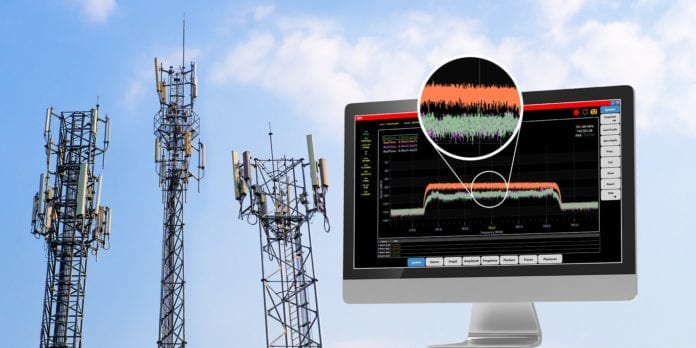EXFO SkyRAN combines RF and fiber monitoring for fronthaul networks
Two key factors shaping the current state of increasingly advanced LTE networks, and setting the stage for future 5G networks, are massive investments in fiber optic networks and the pooling of network infrastructure. Consider C-RAN architecture–operators are colocating baseband units in centralized locations, then using fiber-based fronthaul to connect remote radio units to provide coverage and capacity in a given area.
This move toward network densification brings myriad challenges on both the technology side and the financial side of a mobile network operator’s business. Densification of fiber and RF resources increases the likelihood of interference, while that same move toward density–particularly the need to provide monitoring and analysis of that dense network–could equate to unforeseen operational expenses based on deploying field crews to maintain the network. Said a different way, in order to continue the capital investment needed to build out these new networks, operators have to find opportunities to reduce operational costs while still providing a high quality of experience to prevent customer churn.
To address this dynamic, EXFO this week at the Verizon Technology User Forum in Austin, Texas, announced its news SkyRAN solution, which Director of Product Management Sophie Legault described in an interview with RCR Wireless News as developed to address RF interference. “RF interference in a mobile network is the biggest enemy from a mobile operator perspective,” she said. “It’s going to be even more of a challenge now with LTE and moving into 5G. With that comes even more interference…and that has a direct impact on the end user experience.”
The new solution integrates RF spectrum analysis over CPRI with remote fiber monitoring capabilities. Those data points are then fed into EXFO’s Xtract data analytics platform, which allows network operations centers staff to detect network problems and initiate fixes before customers notice an issue.
Maintaining these networks “is taking quite a bit of time,” Legault said. “It’s a lot of time and a lot of money and it drives the cost up in terms of operations–a lot of truck rolls that are done. With SkyRAN, you get clear, real-time visibility all the time without having to drive or go to the cell site. You get a remote view as clear as if you’re at the tower. In terms of application, it can apply to macro cells and it can also be used for C-RAN where you have BBU hotels at the C-RAN location. It can scale for just one antenna or it can scale for hundreds of antennas. And it can scale to a network wide view.”
Legault estimated a 12-month return on investment. “You’re saving right away on the truck rolls,” which can cost between $600 and $1,000 dollars, she said.

